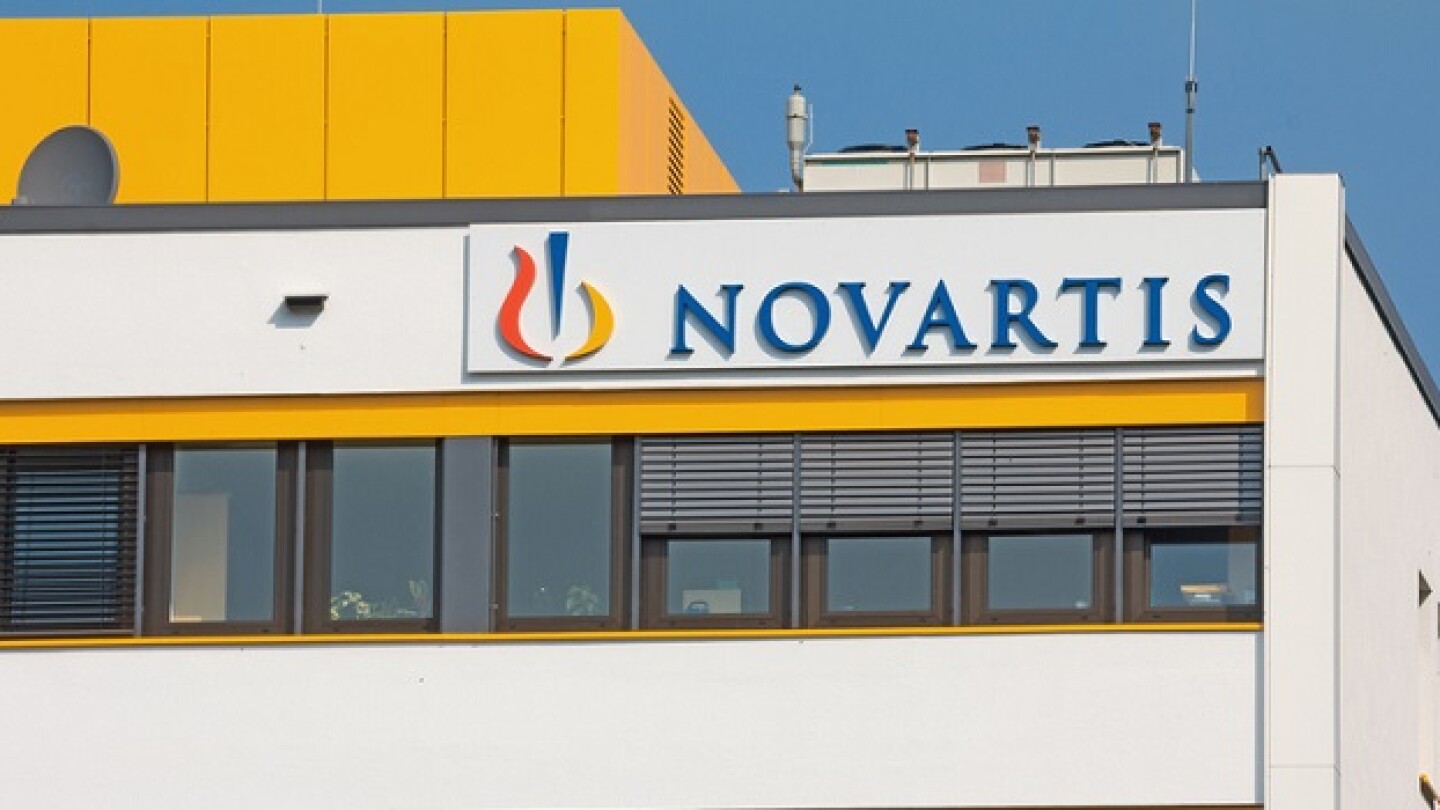Gene therapy
From ADCs and radiopharmaceuticals to cell and gene therapies, eager young startups are betting on advances in biopharma’s most competitive therapeutic spaces—and attracting dollars from Big Pharma.
Sangamo is on course to run out of money within months and has now lost access to up to $220 million in milestone payments from Pfizer.
Tenaya’s share slump following the TN-201 data drop could be due to its “significantly lower” level of RNA expression in the Phase Ib/II trial than in preclinical models, according to William Blair analysts.
In a Type B meeting, the FDA signified that it will allow uniQure to use a natural history control, the composite Unified Huntington’s Disease Rating Scale, and neurofilament light chain levels to support the accelerated approval of its gene therapy AMT-130.
Vertex unveiled long-term durability data for Casgevy, while Beam presented Phase I/II findings for its investigational base editor BEAM-101, building up to a BLA by late 2026.
The payment scheme will tie gene therapy payments to improvements in health outcomes—and could potentially boost the uptake of these sickle cell disease treatments.
Not exactly known for its dealmaking, Sarepta Therapeutics has thrown down a massive wad of cash to work with Arrowhead Pharmaceuticals on RNAi-based medicines.
The cancers were diagnosed 19 to 92 months after Skysona treatment.
Despite the death, the FDA has allowed Neurogene to forge ahead with the Phase I/II Rett syndrome trial, but using only the lower 1E15 vg dose of its investigational gene therapy NGN-401.
Novartis’ up to $1.1 billion acquisition of gene therapy specialist Kate Therapeutics fits with the pharma’s plan to expand its new modality pipeline to ensure long-term business sustainability.
PRESS RELEASES










